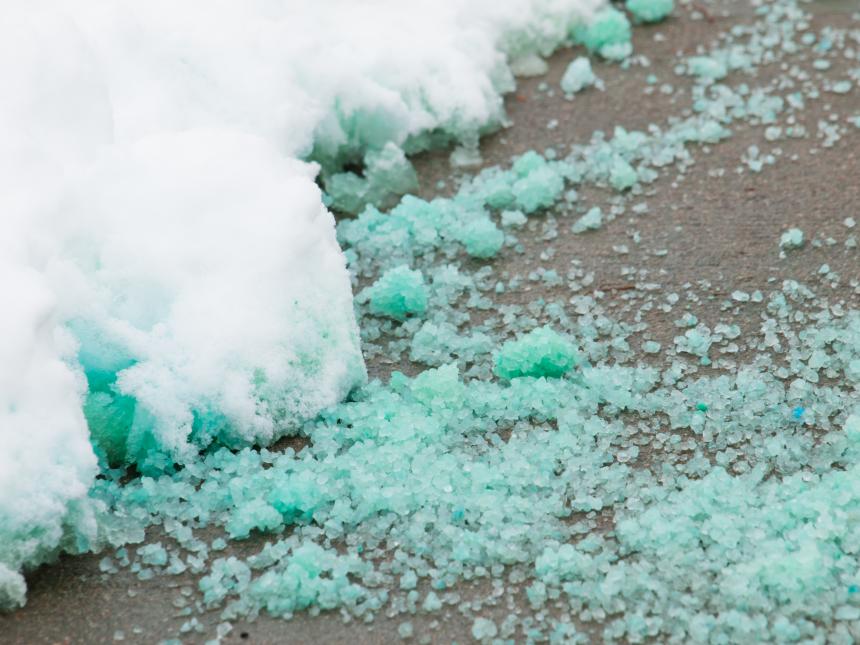My Pipes Are Frozen! Now What?

Pipes in unheated interior spaces are the most at risk from freezing, such as basements, attics, and garages. But even pipes running through cabinets or exterior walls can freeze.
The following are a few steps you can take to thaw our your pipes once they are frozen:
- Use a hairdryer. The easiest tool for thawing a pipe is a hairdryer. Wave the warm air along the pipe, not on one spot. If you don’t have a hairdryer, wrap the frozen section with rags or towels and pour hot water over them.
- Do you know where the freeze occurred? If you think you do and want to thaw it yourself, do not under any circumstances use a torch with an open flame which would create a dangerous fire hazard. Also, overheating a single spot can burst the pipe. Heating a soldered joint could allow it to leak or come completely apart.
- Turn off the master shutoff valve. Before attempting to thaw frozen pipes, turn off the master shutoff valve. Once the pipe is thawed, a leak could be exposed if the pipe is broken.
Winter Stormwater Tips

Stormwater management isn’t just a warm weather concern. Most de-icing salts won’t melt ice when the temperature is below 15 degrees Fahrenheit. After the ice melts, the remaining materials can get into our storm sewers and pose a threat to the health of our waterways.
The following tips can help manage ice and snow on driveways and walkways:
- Remove, drain, and store outside garden hoses. Close the valves inside that control the water supply to the outside hose attachment (known as a bib). Open the outside hose bib to allow any remaining water to drain.
- Know your home. Locate your water meter, main shut-off valve, and individual fixture valves inside your home.
- Insulate water pipes, faucets, and water meters located in unheated areas. Open cabinet doors to allow warm air to circulate around pipes.
- If you are leaving your home for the winter, or an extended period of time, consider closing your main shut-off valve and draining your pipes.
- If your pipes have a tendency to freeze in the winter, consider allowing water to drip slightly.


